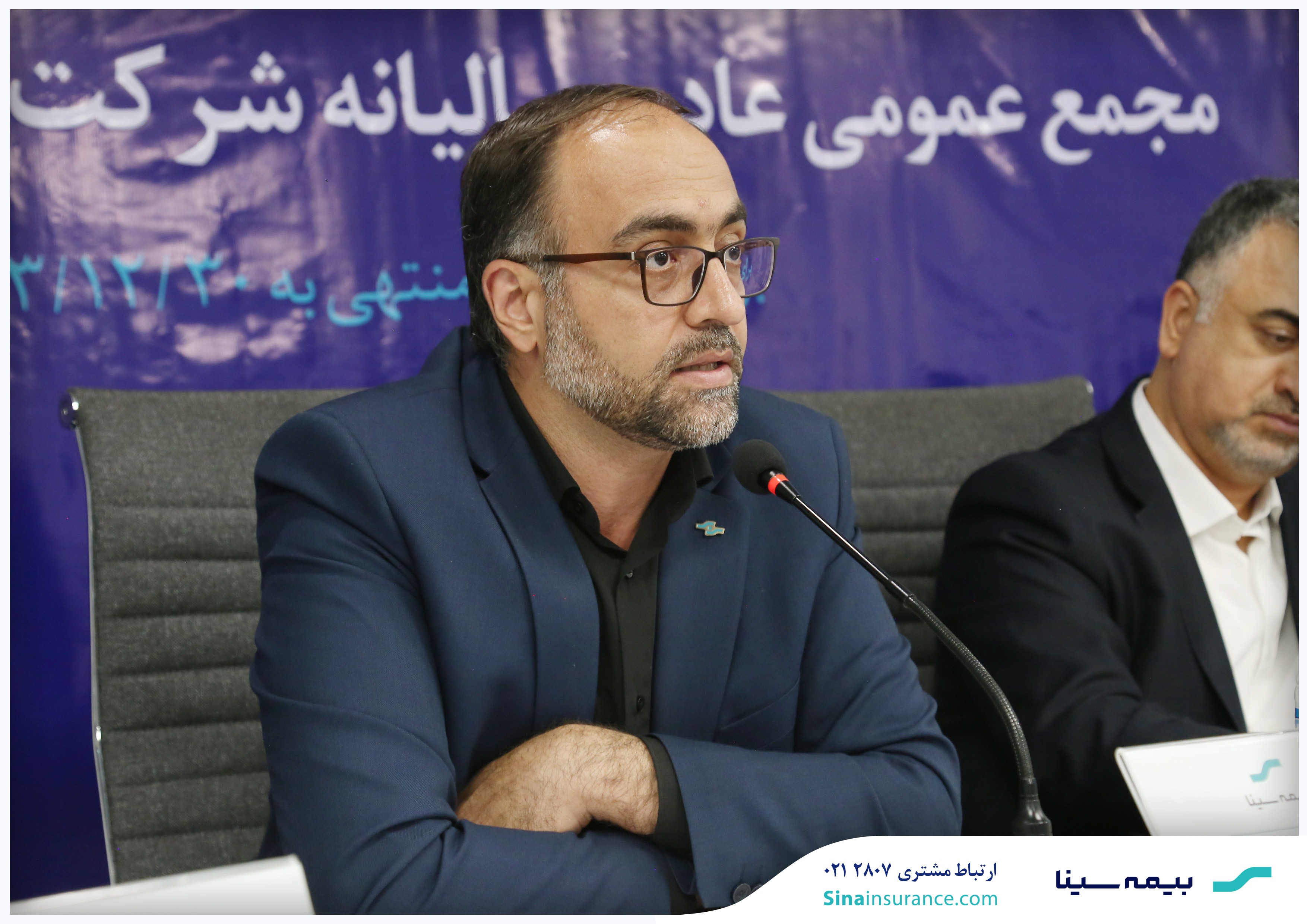Pay 0 Tax on Rs 17.9 lakh income: A large salary is quite a relief to most of us, but it often comes with a tax burden. The higher salary bracket we achieve, the higher tax bracket we fall in. At that time, we often feel the urge to save as much tax as possible and benefit from most of our payout. The new tax regime that will be applicable for the income earned in the financial year 2025-26 solves the tax burden problem to quite a great extent as it increased the tax-free salary limit to Rs 12,75,000 after a standard deduction of Rs 75,000. It means a monthly salary of over Rs 1,06,00 is literally tax-free. But if it is slightly above that, you get a marginal relief and don't need to pay a higher tax than your incremental income. The problem magnifies if your income is significantly higher than Rs 12,75,000. What if it is Rs 17,90,000 a year? Is there a way to reduce your tax liability to zero at such a high income? What can be legitimised ways to pay 0 tax on an Rs 17,90,000 income? We discuss some of those ways here-
Income tax slabs in the new tax regime
| New Tax Regime | |
| Income Tax Slabs | Tax Rate |
| Upto Rs. 4,00,000 | NIL |
| Rs. 4,00,001 - Rs. 8,00,000 | 5% |
| Rs. 8,00,001 - Rs. 12,00,000 | 10% |
| Rs. 12,00,001 - Rs. 16,00,000 | 15% |
| Rs. 16,00,001 - Rs. 20,00,000 | 20% |
| Rs. 20,00,001 - Rs. 24,00,000 | 25% |
| Above Rs. 24,00,000 | 30% |
You can see if your income is Rs 17,90,000, your tax liability will be as follows-
- 0-Rs 4,00,000 (nil)-
- 4,00,001-Rs 800,000 (5%)- Rs 20,000
- 8,00,001-Rs 12,00,000 (10%)- Rs 40,000
- Rs 12,00,001-Rs 16,00,000 (15%)- Rs 60,000
- 16,00,001-Rs 17,90,000 (20%)- Rs 38,000
- Total tax liability- Rs 1,58,000 + 4% of 1,58,000= Rs 1,58,000+ Rs 6,320= Rs 1,64,320
How to reduce tax on Rs 17.90 lakh income
We are assuming a basic pay of Rs 8,95,000 (50 per cent of Rs 17,90,000) on this income for calculation purposes.
Standard deduction
In the new tax regime, a salaried-class individual gets a Rs 75,000 standard deduction on their salary.
After this deduction, the taxable income will be Rs 17,15,000.
NPS tax benefit in new tax regime
A taxpayer can get a tax benefit of up to 14 per cent of their basic pay on the employer's contribution to their National Pension System (NPS).
However, there is no benefit on the employee's contribution to their own NPS account.
At a Rs 8,95,000 basic salary, the maximum NPS benefit available is Rs 1,25,300.
After this deduction, the taxable salary will be Rs 15,89,700 (Rs 17,15,000-Rs 1,25,300).
EPF tax benefit in new tax regime
Like NPS, a taxpayer can also get a tax benefit of up to 12 per cent of their basic pay on the employer's contribution to their Employees' Provident Fund (EPF).
There is no tax benefit on the employee's contribution to their own EPF account.
At a Rs 8,95,000 basic salary, the maximum EPF benefit available is Rs 1,07,400.
After this deduction, the taxable salary will be Rs 14,82,300 (Rs 15,89,700-Rs 1,07,400).
Interest on PPF and Sukanya Samriddhi Account
The interest earned on PPF and SSA investments is tax-free in the old tax regime. Since both of them have a limit of Rs 1.5 lakh a financial year, we are assuming a total tax benefit of Rs 17,500. After this dedcution, the taxable income is Rs 14,82,300- Rs 17,500= Rs 14,64,800.
Interest in post office scheme
Under Section 10(15)(i), interest earned in a post office scheme is exempt up to Rs 3,500.
After this exemption, the taxable income will be Rs 14,64,800-Rs 3,500= Rs 14,61,300.
Rs 1.25 lakh exemption on entertainment, mobile bills
If you have paid tax on your entertainment, food, mobile, fuel, transport bills, the new tax regime offers you tax benefits on the same. These benefits are available only when you have paid these bills for offocial purposes. On a salary of Rs 17,90,000, you may get these include reimbursements included to your salary to reduce tax liability. Let's assume your reimbursements are.
Entertainment bills- Rs 30,000
Transport allowance- Rs 60,000
Mobile bills- Rs 15,000
Uniform bills- Rs 20,000
After a Rs 1,25,000 exemption, your taxable income is reduced to Rs 14,61,300- 1,25,000= Rs 13,36,300
Family pension
In case of family pension income, up to Rs 25,000 or 1/3rd of the total pension in a financial year, whichever is lower is exempt.
After this exemption, the total taxable income will be Rs 13,36,300- Rs 25,000= Rs 13,11,300
Other exemptions available under new tax regime
There are many other ways through which one may easily save Rs 1,11,300 more on income tax to make their tax liability to 0 in the new tax regime. Some of the ways are-
Contribution to Agni path Scheme under Section 80CCH(2) is 100 per cent exempt.
Rental income from a let-out property is exempt up to 30 per cent.
Exemption for the 2nd vacant house is there, without considering deemed rent income
Income from life insurance policy under Section 10 (10D) is exempt.
Gratuity amount under Section 10 (10) up to Rs 25 lakh is exempt.
(Disclaimer: This is not tax advice. Do your own due diligence or consult an expert for financial planning.)

 6 hours ago
1
6 hours ago
1














 English (US) ·
English (US) ·